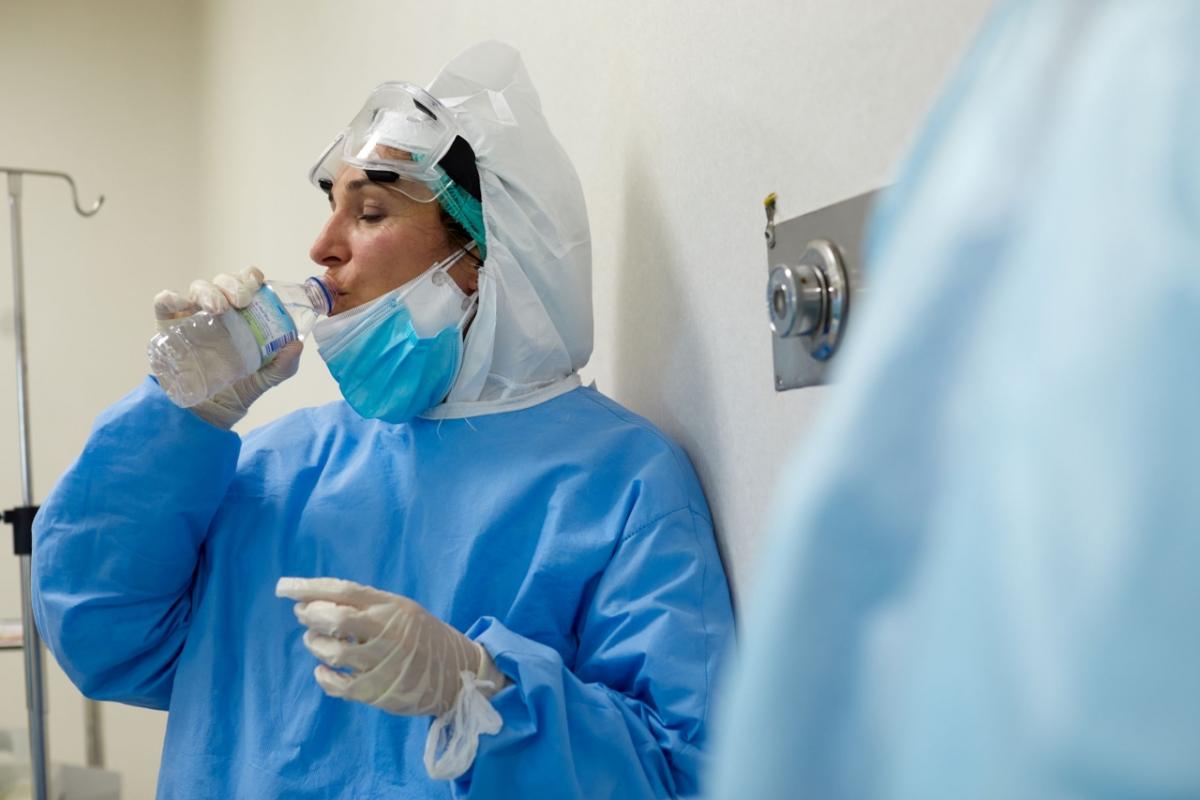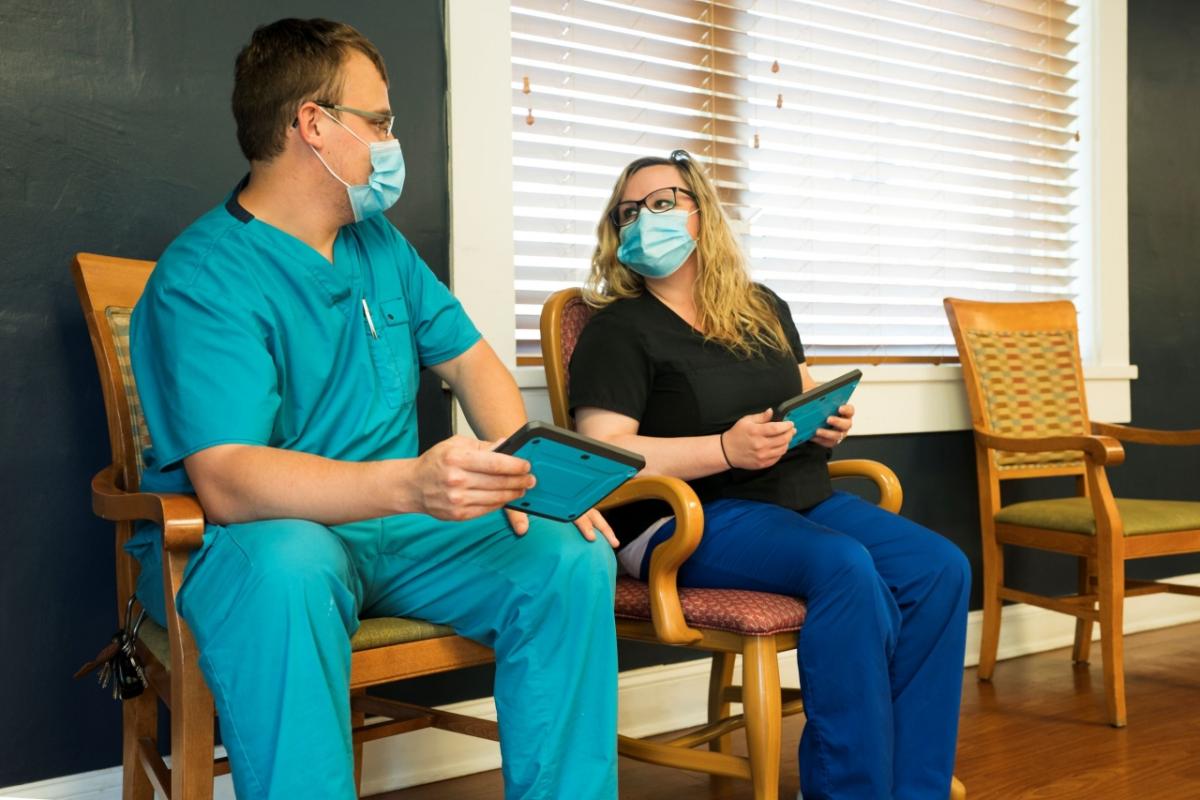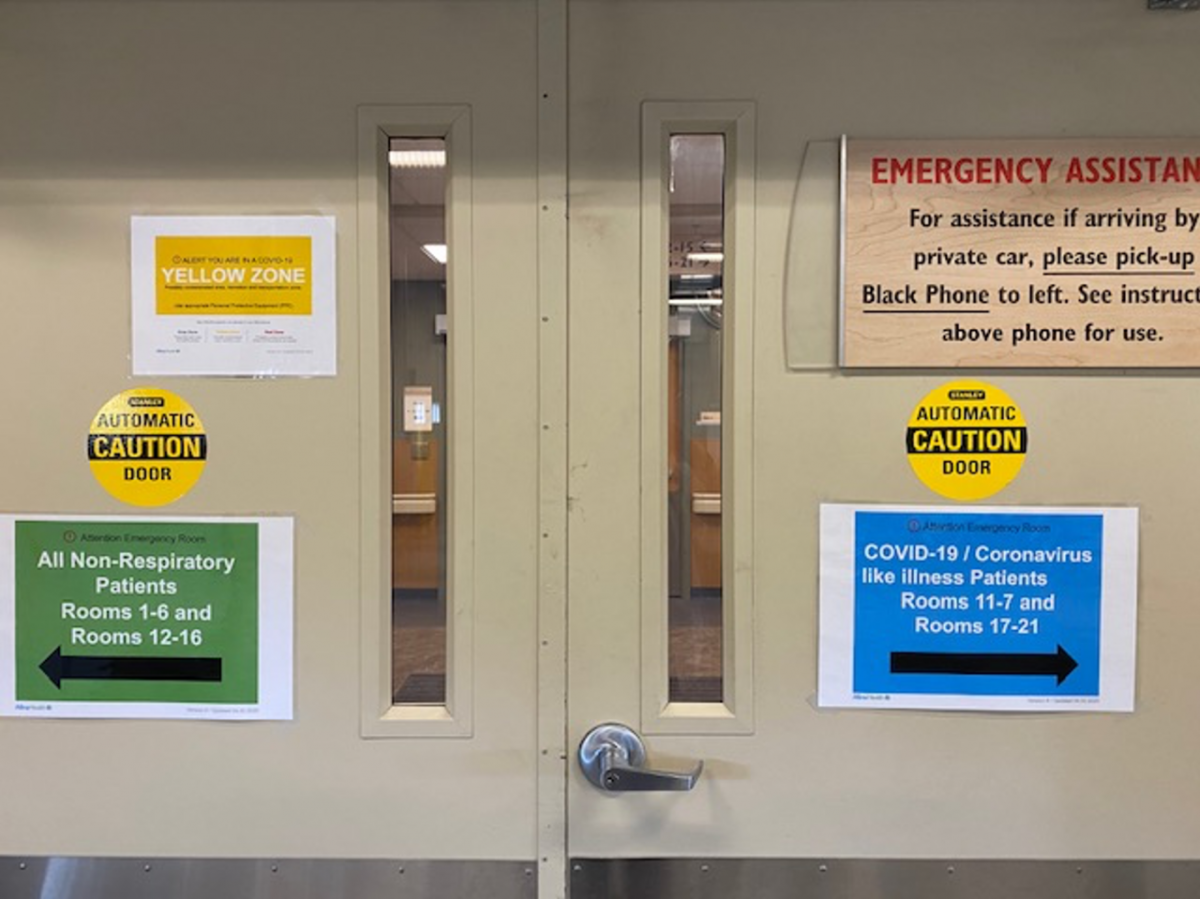Medtronic: The Doctor Will See You Now, Please
What hospitals do and say over the next few months isn’t just about optics.
Medtronic: The Doctor Will See You Now, Please
THE PANDEMIC PARADOX
As hospitals around the world filled up with COVID-19 patients, most facilities halted “non-essential” medical care. This strategic move limited exposure to the virus and managed vital resources like beds, ventilators, personal protective equipment (PPE), and the strained doctors, nurses, and staff working on the frontlines of the pandemic. Not long after, emergency room visits began to dwindle. Patients who needed care for chronic conditions like diabetes and cardiovascular disease canceled appointments. Clinical trials hit the pause button. At a time when the world suddenly recognized healthcare workers as heroes, many faced furloughs and layoffs as hospitals grappled with the economic fallout of the pandemic.
THE FEAR FACTOR
Flying always felt like a safe way to travel. But terrorist attacks on September 11, 2001 changed this long-held belief around the world. Naturally, travelers were scared. Many stopped flying. Airlines bled cash. But the tragedy ultimately ushered in a safer era of air travel. Airports across the world radically changed the way they screened passengers. Aircraft manufacturers reinforced cockpit doors to protect pilots. An unspeakable crisis didn’t bring down the airline industry. It spurred its reinvention.
THE DIFFICULT ROAD AHEAD
The pandemic is far from over. Neither is the financial hardship inflicted upon hospitals and health systems around the world. In the United States alone, nearly 1.5 million healthcare workers lost their jobs between February and April. The irony is, however, we need quality healthcare more than ever. But how will hospitals and health clinics convince patients it’s safe to return? Even before the pandemic, most followed strict cleaning protocols and took other steps to reduce infectious disease exposure. Now, even more rigorous measures are in place. Hospitals established separate emergency rooms, operating rooms, and intensive care units for COVID-19 patients. Many expanded telehealth options for patients with routine medical needs. The question now? Will it be enough to help patients feel safe again?
DON'T DIE OF DOUBT
Experiencing persistent back pain and shortness of breath, Charley Bednarsh refused to go to the emergency room. She was worried about COVID-19. What she didn't know was she was experiencing a heart attack. Eight weeks later, she finally went to the hospital. To encourage people to seek emergency care when needed, Medtronic is supporting the “Don’t Die of Doubt” campaign sponsored by the American Heart Association (AHA) and the American Stroke Association (ASA).
CARING FOR THOSE WHO TAKE CARE OF US
Now is the time to help the people who helped us during our darkest hours. But where do we start? How will hospitals have to change the way they deliver care? At Medtronic, we don’t pretend to have all the answers. We do, however, have a unique perspective. With more than 90,000 employees in 150 countries, we can apply lessons learned from around the world, especially those places hit hard during the early days of the pandemic. Our team in China is helping doctors identify the best ways to reduce infection risks in the emergency room. In Italy, we’ve helped set up makeshift hospitals to help stem the tide of COVID-19 patients. We’re gathering resources, solutions, and best practices and making them available to healthcare leaders in the United States via the COVID-19 Recovery Resource Center. And for patients in the United States, we created Destination Health, an online resource which provides answers to frequently asked questions about seeking care during the pandemic.
A TAIWAN TRAFFIC PLAN
In 2003, Severe Acute Respiratory Syndrome (SARS) — a disease also caused by a coronavirus — was spreading through parts of China. The outbreak created anxiety among healthcare workers, some of whom became sick after catching the virus at their workplaces. After an outbreak at a Taipei hospital, Dr. Muh Yong Yen devised a plan to redirect hospital traffic to minimize health care workers’ exposure. Studies have shown his model significantly reduced transmission of SARS, and later a novel influenza A virus — H1N1 — in hospitals where it’s been implemented.
WORKING SMARTER, TOGETHER
No one expects a return to normalcy anytime soon. The pendulum is swinging backward in some places where COVID-19 cases are increasing, prompting some hospitals and patients to further postpone elective care. Hospitals will have to work faster, safer, and smarter in order to weather the crisis. At Medtronic, we have experts who can help devise solutions for healthcare leaders trying to navigate a landscape forever changed by COVID-19. When emergency room physicians in Minnesota needed to minimize virus exposure inside hospitals, we helped redesign patient, provider, and personal protective equipment (PPE) workflows, and created an implementation “playbook”— and other tools — which established an easily replicated “traffic control bundling” model inspired by Dr. Yen’s work in Taiwan. When healthcare workers raised concerns about PPE availability, the Innovation Lab at Medtronic designed a survey for healthcare workers to help them track PPE from their phones. The problems created by the coronavirus aren’t easy to solve. But our company is full of creative, tireless, collaborative problem solvers.
PHYSICIAN, HEAL THYSELF AND EVERYONE ELSE
Physicians are not immune to the economic hardships now faced by hospitals and large health systems. A recent survey of family care doctors found 42% have implemented layoffs or furloughs. A new Physician Office Management section in our COVID-19 Recovery Resource Center aims to help. It provides tools to build trust with patients, support office staff holistically, and help practices thrive as patients return to care.
LIVING OUR MISSION
Every day we do work to help people live better, healthier lives. When the going gets tough, our Mission to alleviate pain, restore health, and extend life is our North Star. We have the people, ideas, and energy to make a difference. Right now, our healthcare partners need our help. So that’s exactly what we’ll do. We will help the healers.




